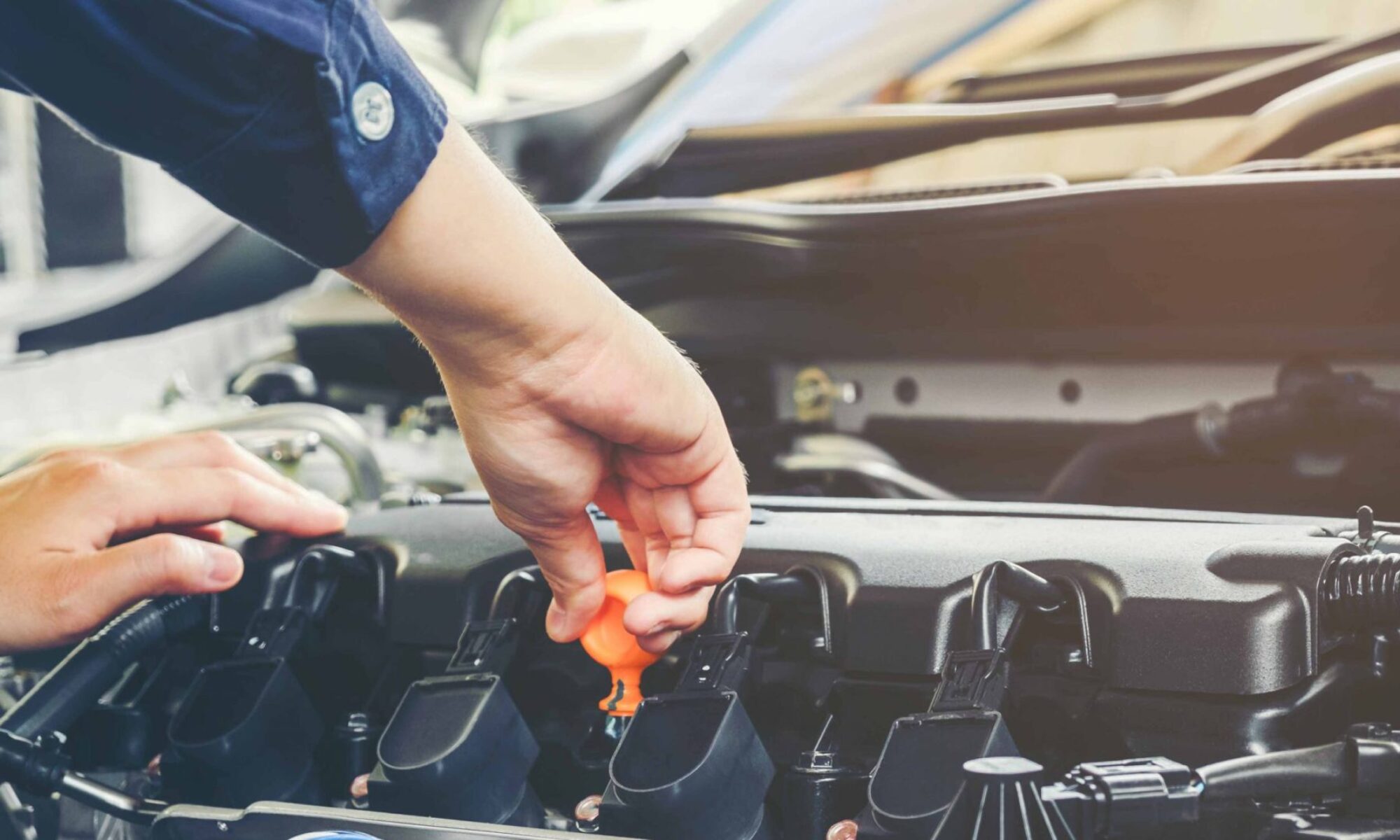There is a problem with some Ford lock cylinders that will be becoming more common in the coming years. Older Ford vehicles are needing their lock cylinders replaced now that they’re aging. Unfortunately, all the remaining ignition lock cylinders for these vehicles are defective in a way that will not be easy to deal with. In this article, I’ll describe why a Ford lock cylinder won’t go all the way in and give you some of my tips and tricks to solve the problem.
What vehicles are affected
While it’s not clear how many vehicles are affected by this issue, the following vehicles may be:
- 1976-1995 Ford
- 1976-1980 Mercury
- 1976-1980 Lincoln
The issue
If you’re replacing this lock cylinder, you may find that the new lock cylinder won’t go all the way in.
Why the lock cylinder won’t go in
This problem is apparently caused by a problem with the casting of the new parts. When the Ford lock cylinder won’t go all the way in, it’s likely because the new part is simply too big for the housing it must fit inside.
These parts are made using molds that are used to cast the molten metal. Over time and many castings, these molds can become worn. When they wear, they end up bigger than they were originally intended. This is very similar to a well-known problem with jack stands sold by Harbor Freight. While sources can be vague, a court case states that “worn tooling” at the factory caused the jack stands to collapse. Others have released video showing that the faulty jack stands’ support beams lacked depth in their teeth, which is likely due to worn molds.
As you’ll see when you read the solution to the problem of the Ford lock cylinder that won’t go all the way in that follows, a similar problem with the molds at the factory is the most likely explanation.
The solution – Part 1
First, let’s look at the part we will be dealing with. While other part numbers may be affected by this problem, we’re concerned with part number LC14060 from Lock Smart. Looking at the pictures below, notice that this lock cylinder has two rails that guide it into the steering column:
Lock cylinder that won’t go in – View 1

Lock cylinder that won’t go in – View 2

In order to complete this repair, both of these rails will need to be ground down. Be careful to leave the locking pin alone as you still want that to fit snuggly. It can be slightly shorter but you don’t want to reduce its diameter.
Selecting the right tools for a lock cylinder that won’t go in
Selecting the right tools is critical when a Ford lock cylinder won’t go all the way in. When I did this, I used three different grinders. The first I used was too large to fit in the tight spaces near the lock cylinder grip, the part the driver turns to turn the key. It was a 1/2″ grinding stone in a Dremel. That tool was also not aggressive enough and was taking a long time.
The second tool was a special, very small cut-off wheel that’s made for a Dremel. This tool had the same issues as the first, though it was a bit better.
The right tool was a burr, similar to an end mill, but tiny and intended to be used with a Dremel or rotary tool.

You will need to remove a large amount of material to get this job done, so use one of these burrs.
The solution – Part 2
As you are going through Part 1 of the solution, remove a little material at a time, rechecking the fit of the part in the housing frequently. Don’t force the lock cylinder into the housing or it may get stuck. And as you go, grinding down the alignment rails on the lock cylinder, you will probably be able to fit it farther and farther into the housing. But no matter how much you grind, you won’t be able to get it all the way in.

The reason for that is this part. This part goes into the gear that moves the linkage that goes to the ignition switch. For the purposes of this article, I’ll call it the blade of the lock cylinder. It’s not clear whether the blade is too thick or is too big in every dimension. In either case, this will need to be trimmed down enough to fit into the gear.
Other considerations
You may find that you feel other parts of this lock cylinder are oversized, especially the black plastic part. It’s a cheap part, so feel free to trim wherever you feel necessary. If you take off too much, you can always start over with a new part.
Also, you may find that the lock cylinder fits too loosely after you’re done trimming. If that’s the case, consider filling some of the space with foam rubber or Teflon tape for a more satisfying fit.
This is a time-consuming task the first time you do it and requires quite a few tools and a ton of patience. If it’s not something you want to tackle on your own, you’ll probably be asking yourself, “Is there a mobile mechanic near me that can help me with this?” To check that, simply start an estimate and we’ll help you out.






